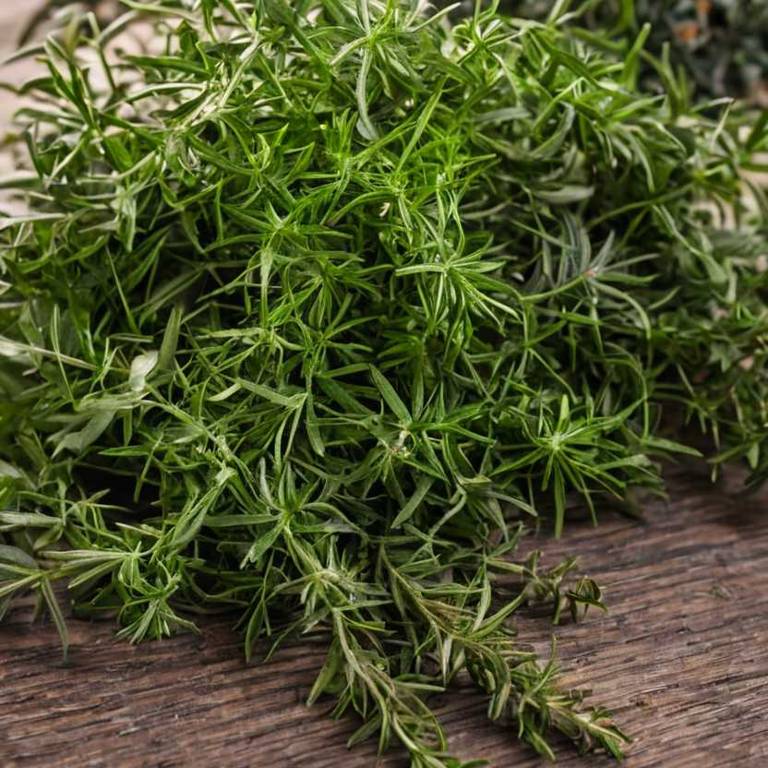Taxus Baccata: What To Know Before Using It For Medicinal Purposes

Taxus baccata, commonly known as the European yew, has been used for centuries in traditional medicine due to its potent chemical compounds, particularly taxanes.
The most well-known compound, paclitaxel, is derived from the bark and needles of the tree and is widely used in chemotherapy to treat various types of cancer, including ovarian, breast, and lung cancer. Despite its medicinal value, Taxus baccata is highly toxic, with all parts of the plant containing toxic alkaloids that can be lethal if ingested. Due to its ecological importance and medicinal significance, the harvesting of Taxus baccata is strictly regulated to ensure its conservation.
Researchers continue to explore other compounds from the tree to develop new treatments and improve existing therapies in oncology.
Health Benefits
Taxus baccata has several health benefits, such as its potential anti-cancer properties due to the presence of taxol, a compound used in chemotherapy to treat various types of cancer.
The plant also exhibits antimicrobial and anti-inflammatory effects, which can help in treating infections and reducing inflammation in the body. Additionally, Taxus baccata contains antioxidants that may protect cells from oxidative stress and support overall immune function. Some studies suggest that extracts from this plant may have neuroprotective effects, potentially aiding in the prevention or treatment of neurodegenerative diseases.
However, it is important to note that Taxus baccata is toxic if ingested in large quantities, so its use should be carefully monitored under professional guidance.
10 Best Health Beneift of Taxus baccata
Bioactive Constituents
Taxus baccata has several bioactive constituents, such as taxanes, which are known for their potent antitumor properties.
Among these, paclitaxel is the most well-known compound, widely used in the treatment of various cancers including ovarian, breast, and lung cancer. Other taxane derivatives, such as docetaxel and cabazitaxel, also play significant roles in chemotherapy regimens due to their ability to inhibit microtubule depolymerization. These compounds interfere with cell division by stabilizing microtubules, thereby preventing cancer cell proliferation.
Additionally, Taxus baccata contains other bioactive compounds like alkaloids and terpenoids, which may contribute to its medicinal potential in treating various diseases.
Medicinal Preparations
Taxus baccata has several medicinal preparations, such as teas, tinctures, and extracts, that have been traditionally used for their therapeutic properties.
The bark and leaves of the tree contain compounds like taxanes, which are known for their potential anti-cancer effects. In traditional medicine, preparations from Taxus baccata have been used to treat ailments ranging from respiratory issues to skin conditions. Modern pharmacological research has focused on isolating and refining these compounds for use in chemotherapy drugs.
However, due to the toxicity of certain components, these preparations are typically used under strict medical supervision.
Side Effects
Taxus baccata can have some side effects, such as gastrointestinal discomfort, including nausea, vomiting, and diarrhea, due to its toxic alkaloids.
Ingestion of even small amounts of the plant can lead to more severe symptoms like dizziness, confusion, and irregular heartbeat. Prolonged exposure or larger doses may result in liver or kidney damage, as the toxins can accumulate in these organs. While the bark and leaves are primarily used in medicinal formulations, improper use or overdose can pose serious health risks.
It is crucial to handle Taxus baccata with care and consult healthcare professionals before using it for therapeutic purposes.